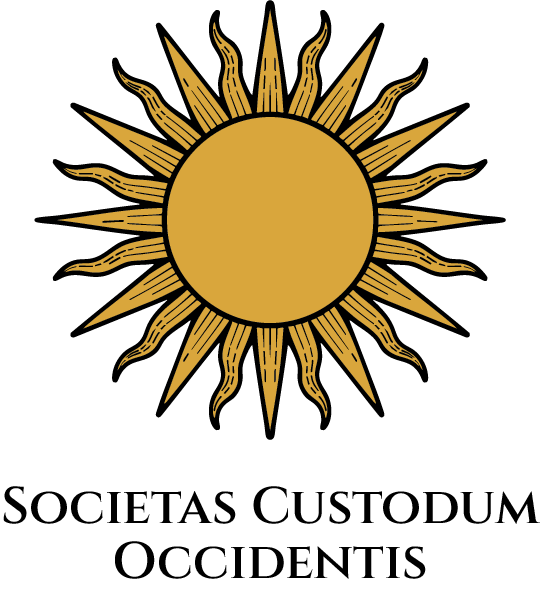By the time the First Crusade was called in 1095, much of the Christian world had already been lost to centuries of Islamic expansion. Regions once firmly part of Christendom — including Syria, Egypt, Palestine, the North African coast, and the Iberian Peninsula — had fallen under Muslim control.
The rapid Islamic conquests that began in the 7th century were far from peaceful religious conversions. These were military campaigns marked by violent clashes, sieges, and the imposition of new rule. The conquest of the Iberian Peninsula in 711 AD, following the defeat of the Visigothic kingdom, is a prime example. Muslim armies swiftly took control of vast territories, establishing political dominance that would endure for nearly eight centuries. This period was marked by deep cultural transformation but also by harsh measures: forced conversions, persecution of Christians and Jews, destruction of churches, harsh restrictions on those who refused to submit — and often, the killing of anyone who resisted or rejected the new authority.
Equally brutal were campaigns across the Middle East and North Africa. Cities fell to sieges that brought famine and slaughter, populations were displaced or subjugated, and religious minorities suffered under strict dhimmi laws, which imposed heavy taxes and social limitations. The rule of new Islamic powers often enforced rigid control backed by military force.
The Holy Land—Jerusalem in particular—was not just a territory but a spiritual heart for Christian pilgrims. Attacks and restrictions on these pilgrims were a major catalyst for the Crusades.
One pivotal moment in Europe’s defense against this expansion was Charles Martel’s victory at the Battle of Tours in 732 AD, which halted further Muslim incursions into what is now France. This battle is widely regarded as a crucial turning point that preserved the Christian character of much of Western Europe.
The Crusades themselves must be understood within this context. They were not imperialist land grabs, but reactive campaigns, flawed though they were, aimed at reclaiming Christian territories lost over centuries and protecting pilgrims traveling to the Holy Land from persistent attacks and harassment.
It is both valid and essential to acknowledge this context: the Crusades arose as a direct response to centuries of military and religious aggression. To deny these facts is to lose sight of history’s lessons. Drawing parallels between past and present — particularly when patterns of conflict and cultural tension resurface — is necessary for cultural awareness and survival.
To be clear:
- It is a fact that early Islamic conquests seized vast Christian lands through warfare and imposed rule marked by violence, oppression, and the killing of those who refused to submit.
- It is a fact that the Crusades emerged in reaction to this long-standing aggression.
- It is a fact that many European cities today face demographic, cultural, and political shifts related to large-scale migration, including from Islamic nations.
- It is a fact that challenges exist: parallel societies, political radicalism, attacks on civilians, rising crime in certain areas, and suppression of criticism via legal and media controls.
Presenting these facts is not censorship or hatred. It is clarity. History holds no value if we cannot honestly confront the truths of the past and learn from them. History’s value lies not in softening its truths but in confronting them honestly. Only then can we equip ourselves to face the challenges of today and tomorrow.
Suggested Further Reading:
-
Asbridge, Thomas. The Crusades: The Authoritative History of the War for the Holy Land. HarperCollins, 2010.
-
Stark, Rodney. God’s Battalions: The Case for the Crusades. HarperOne, 2009.
-
Huntington, Samuel P. The Clash of Civilizations and the Remaking of World Order. Simon & Schuster, 1996.
-
Hanson, Victor Davis. The Western Way of War: Infantry Battle in Classical Greece. University of California Press, 1989.
-
Runciman, Steven. A History of the Crusades, Volume I: The First Crusade and the Foundation of the Kingdom of Jerusalem. Cambridge University Press, 1951.
-
Heather, Peter. The Fall of the Roman Empire: A New History of Rome and the Barbarians. Oxford University Press, 2005.

